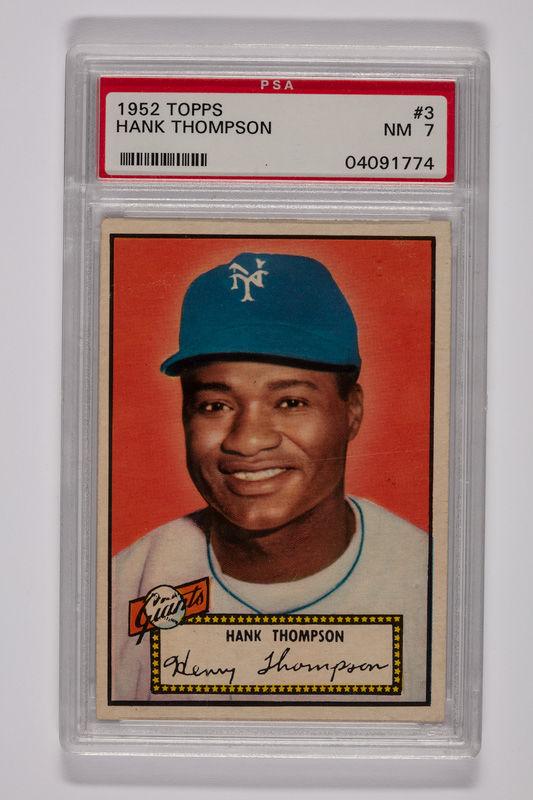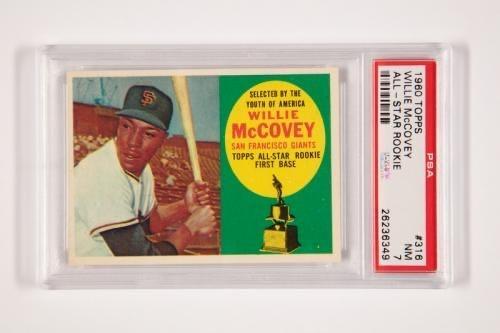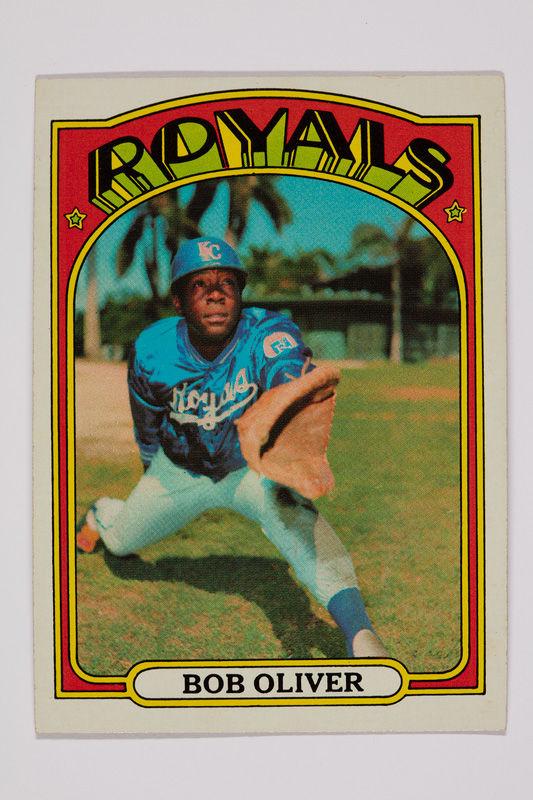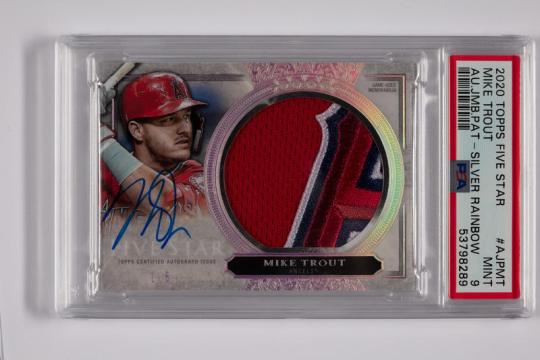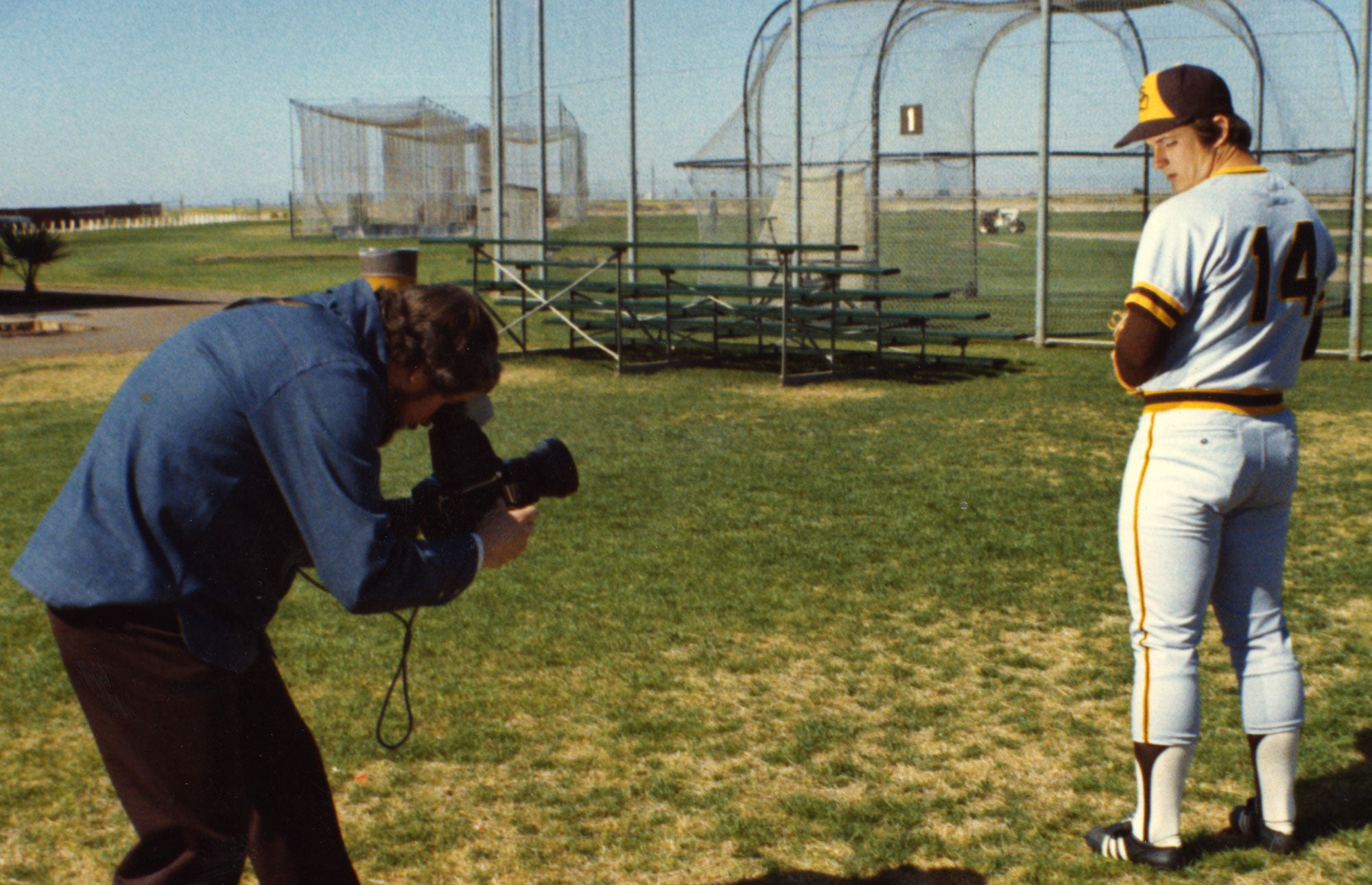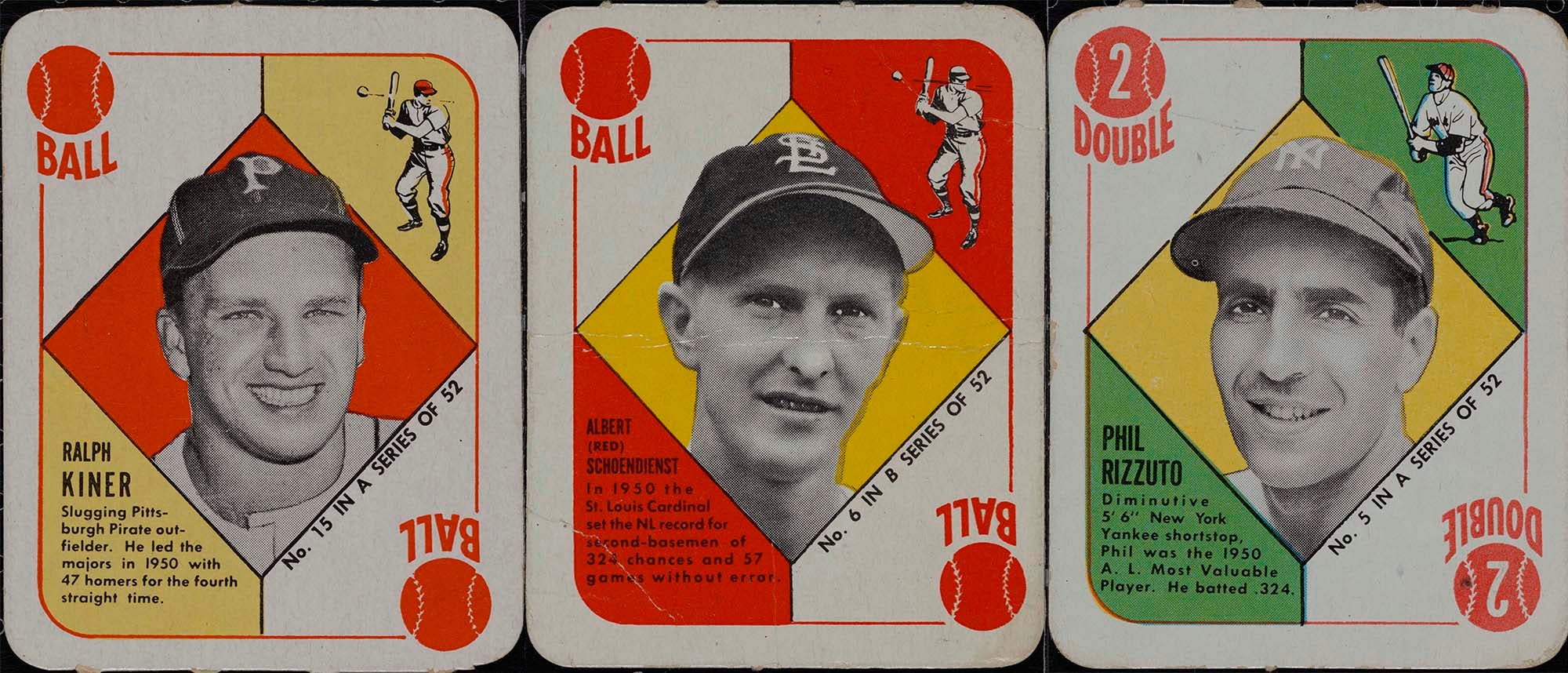- Home
- Our Stories
- #Shortstops: The Kids are All Grown Up
#Shortstops: The Kids are All Grown Up
Through the years, Topps has remained a bastion of baseball fanaticism, mastering the iconic cards that allow fans to access their favorite players and teams right at their fingertips.
One of the most fundamental appeals of Topps baseball cards is their attractive art and designs, ranging from the careful selection of color and font to the meticulously posed, shot and selected photographs of players. Within Topps’ card design lies its greatest strength: Innovation, with an ability to distinctly reflect the times yet also to shape and predict times to come.
In the beginning, with the release of Topps’ first complete card set in 1952, rich colors and large images were used to attract the attention and whimsies of children who enjoyed smacking on sweet bubblegum.
Topps’ Sy Berger, the father of the modern baseball card, had set out to create a fun and collectible form of advertising that would let baseball-loving children live the sport through the cards. Whereas older baseball cards were relatively small and comprised grayscale photographs, Berger envisioned a larger card, with photographs bursting in color, that would better appeal to children.
Official Hall of Fame Merchandise
Hall of Fame Members receive 10% off and FREE standard shipping on all Hall of Fame online store purchases.
Berger also added captivating statistics, team logos and facsimile autographs that would immerse and wow audiences. As history would have it, children especially responded to these advertising efforts, particularly because the cards were punchy and unique and because many baseball fans had a desire to be closer to the game wherever they were. Despite some hiccups in card overproduction, Topps became synonymous with the premier baseball card.
It wasn’t long before Topps baseball card art and design began to visibly influence the artistic culture of the United States; Topps card designs have been as much a product of American society and pop culture as an influencer of them. Pop art began burgeoning in the United States in the late ‘50’s, drawing directly from the bright colors and sharp images used by advertisers like Topps. In fact, baseball cards were among the bold and vivid advertisements that caught artist Andy Warhol’s eye. Perhaps the most widely known pop artist of all time, Warhol himself may not have been a baseball fanatic, but he was deeply intrigued by the effect of athletes and sports on popular culture. Through the pop art movement, Topps baseball cards contributed to the story of art and printmaking in the United States.
A decade or two after their groundbreaking 1952 set, Topps cards and designs had decidedly grown up with its first generation of children, who by now were nostalgic adults looking wistfully toward their childhood. Topps began taking more risks with its designs, such as with the sleek and daring black cards of 1971, in what it saw as a prime opportunity to expand its fanbase. Topps wanted as much to appeal to new generations of children as it wanted to hang onto the first generation of Topps kids (now adults), who had grown up popping bubblegum into their mouths and Topps cards into their shoe boxes or bike spokes.
The photography was turned up a notch as well: Doug McWilliams, a Topps photographer from 1971-1994, has said that the overall appeal of Topps cards and its focal photographs were very much influenced by the poses and props of the players. McWilliams attributes much of his success as a Topps photographer to the innovation of his poses and photography methods: He would shoot players in a variety of unique positions, varying from simple kneeling to a combo of an angled back, turned head and direct gaze into the camera lens.
McWilliams was also a rare talent at effectively capturing the countenances of Black baseball players, which were previously rendered shadowy. He created a realistic and flattering look by carefully positioning the light and camera flash to better illuminate their faces.
Topps Photographer Doug McWilliams would shoot players in a variety of unique positions, varying from simple kneeling to a combo of an angled back, turned head and direct gaze into the camera lens. For example, Bob Oliver's image on this 1972 Topps card. (Milo Stewart Jr./National Baseball Hall of Fame and Museum)
Over the next decades and into the present day, Topps has continued to captivate its audiences with clever design innovations and high-quality cards. More recently, Topps cards have reached out to audiences with seemingly haute couture holographic finishes, which are sometimes applied over the entire card, other times to a small segment of text as a twinkling accent. These eye-catching and sleek designs offer a covetable sense of luxury and quality to collectors, who tilt the cards in the light to capture their reflective shine.
Topps has also gripped its audiences through unique cards fitted with two beloved players at a time, their autographs hovering in the center, surrounded by lively action shots of the players as they practically jump from the card.
Topps has released unique cards fitted with two beloved players at a time, their autographs hovering in the center, surrounded by lively action shots of the players as they practically jump from the card. This 2020 Topps card features Ichiro Suzuki (left) and Shohei Ohtani (right) and their autographs. (Milo Stewart Jr./National Baseball Hall of Fame and Museum)
Other cards still depict players in deep focus as they break free of the traditional border designs on Topps cards, urging audiences to reconsider the limits such designs can symbolically represent.
These innovations beg the question: What does the future of Topps baseball cards hold? Will new card finishes be invented and applied to dynamic images, or will a retro resurgence find its way back to us? Perhaps the frontier of the physical card will be shattered altogether and give way to the digital, ushering in a new era of baseball cards. Regardless of what the future holds, collectors and fans can remain certain that Topps cards will only continue to innovate and inspire, holding a mirror to ourselves and our society, reflecting us back to ourselves and illuminating paths we had not seen.
Ruth Xing was the 2022 Photo Archives Intern in the Hall of Fame and Museum’s Frank and Peggy Steele Internship Program for Youth Leadership Development.

